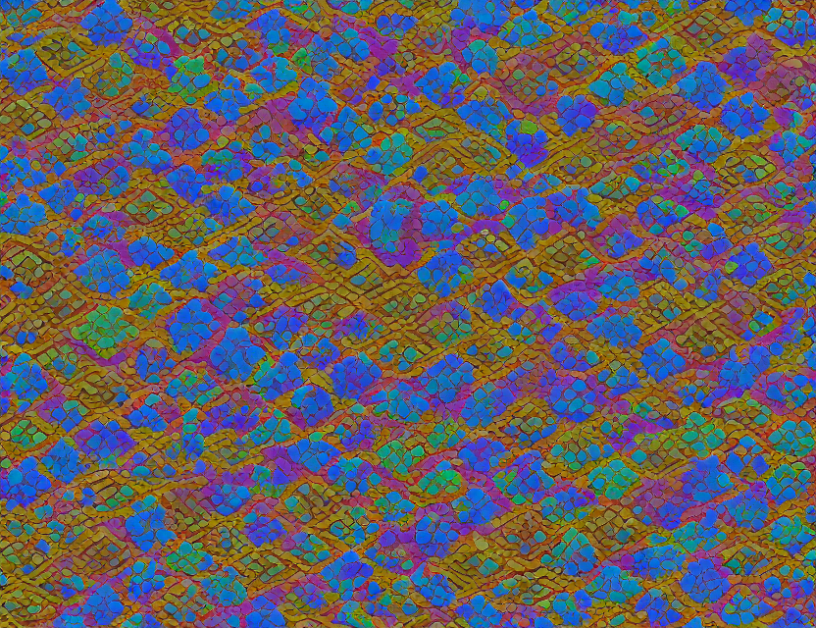Cellular automata (CA) are mathematical models that can simulate complex systems by dividing space into cells and applying simple rules to each cell based on its neighbors. Reversible CA, in particular, have the ability to reverse their evolution, allowing for unique insights into the behavior of these systems. In this article, we will delve into the world of reversible CA, exploring their properties, constructions, and applications.
Properties of Reversible CA
CA are defined by their transition function, which specifies how a cell’s state changes based on its current state and the states of its neighbors. For reversible CA, this function is bijective, meaning that it maps each state to exactly one other state. This property allows for efficient computation and simulation of complex systems, as well as the ability to reverse the evolution of the system at any point in time.
Construction of Reversible Gates
Reversible gates are the building blocks of reversible CA. These gates can be constructed using various methods, including the use of elementary signals (ants) and dual-rail encoding. The ants represent the unit and zero signals, which are used to construct reversible gates. Dual-rail encoding involves representing both unit and zero as a single signal traveling along two parallel paths.
Applications of Reversible CA
Reversible CA have numerous applications in various fields, including physics, computer science, and engineering. They can be used to model and simulate complex systems, such as quantum mechanics and chemical reactions, where the reversibility of the simulation is crucial. In computer science, reversible CA can be used for data compression, error correction, and cryptography. In engineering, they can be used to design efficient algorithms for solving optimization problems.
Conclusion
Reversible cellular automata offer a powerful tool for simulating complex systems while maintaining the ability to reverse their evolution. By understanding these concepts and their applications, we can better comprehend the intricate workings of our world and develop innovative solutions to real-world problems. Whether you’re an expert in the field or just starting to explore, reversible CA are sure to fascinate and inspire.



